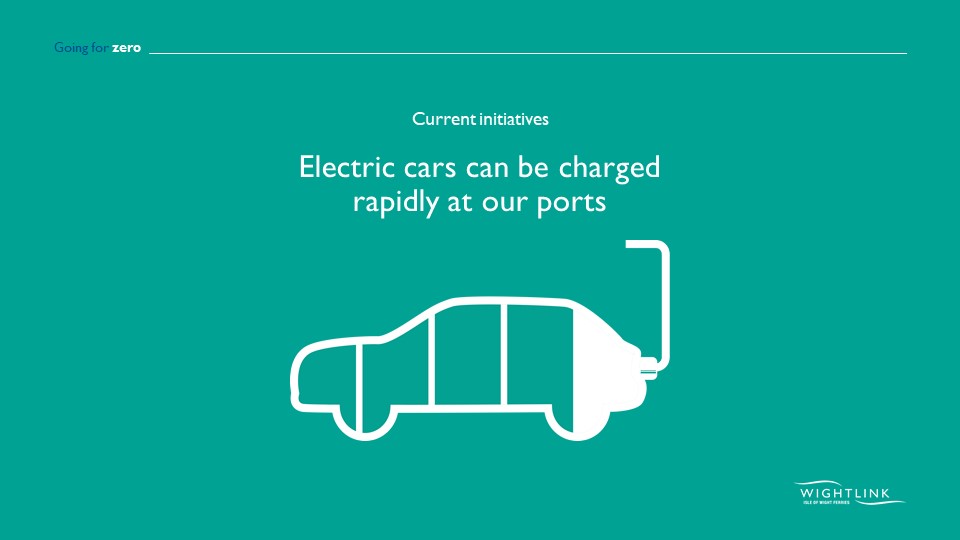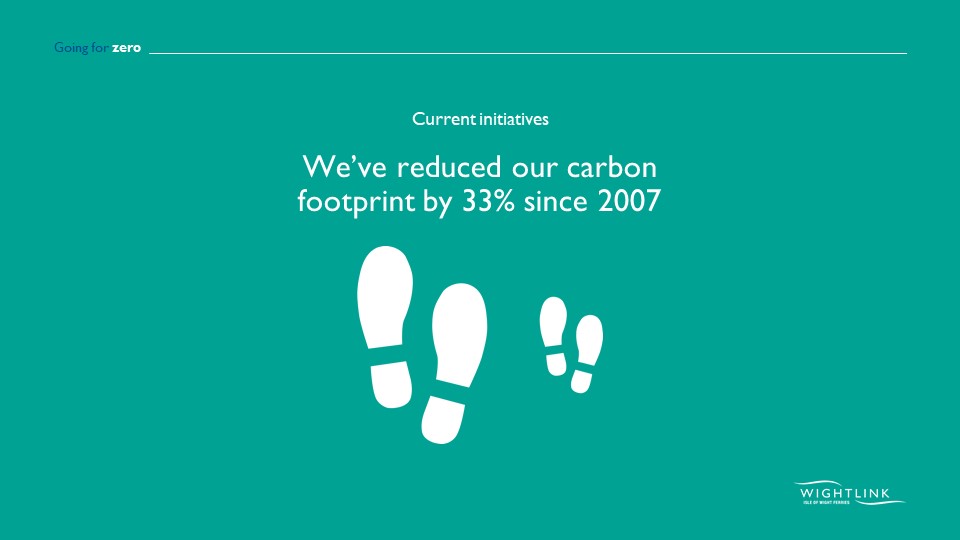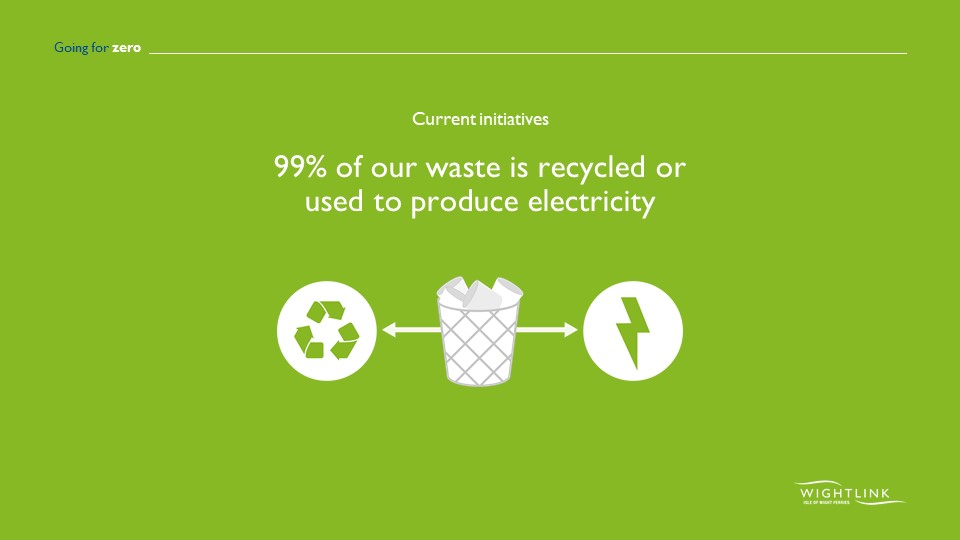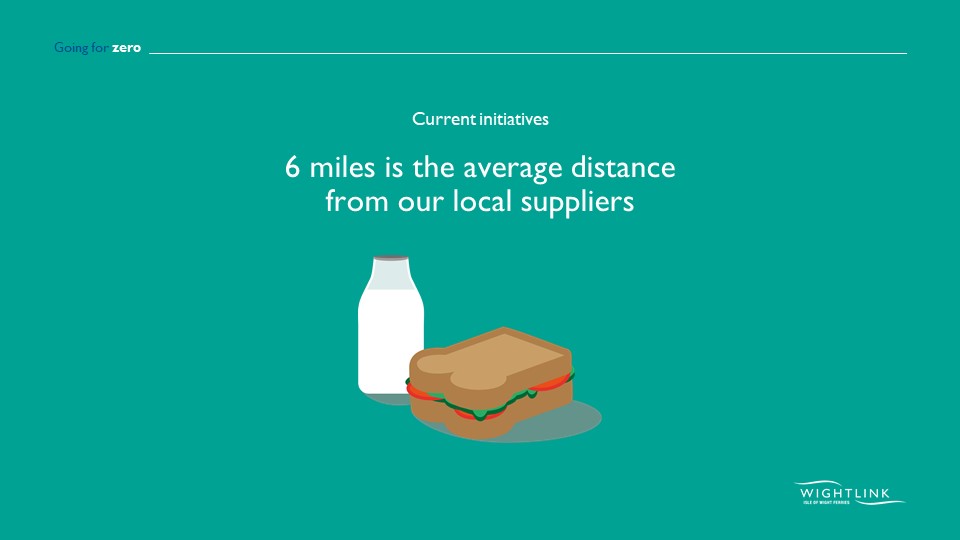Our steps to net-zero carbon emissions
At Wightlink, we care deeply about the impact every one of our sailings, every vehicle boarding our ferries and every day of activity at our ports has on the environment. Climate change is happening and we want to be part of the solution.
That’s why we have the vision of removing 25,000 tonnes of carbon per year by 2030, delivering on our pledge of net zero emissions within the next decade . It’s an ambitious target but something we’re confident we can achieve if funding challenges can be overcome. And here’s how we plan on doing it.
We've reduced our carbon footprint by 33% since 2007
99% of our waste is recycled or used to produce electricity
6 miles is the average distance from our local suppliers












